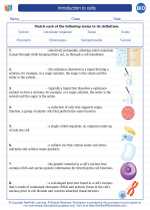Blood Vessels
Blood vessels are a crucial part of the circulatory system, responsible for transporting blood throughout the body. There are three main types of blood vessels: arteries, veins, and capillaries.
Arteries
Arteries are blood vessels that carry oxygenated blood away from the heart to the rest of the body. They have thick, muscular walls that allow them to withstand the high pressure of blood being pumped from the heart.
Veins
Veins are blood vessels that carry deoxygenated blood back to the heart. Unlike arteries, veins have thinner walls and contain valves to prevent the backflow of blood. They rely on the contraction of surrounding muscles to help push blood back to the heart.
Capillaries
Capillaries are tiny, thin-walled blood vessels that connect arteries and veins. They are the site of exchange of nutrients, oxygen, and waste products between the blood and the body's tissues. Capillaries are where oxygen is delivered to the tissues and carbon dioxide is picked up for removal.
Study Guide
- Describe the function of arteries, veins, and capillaries.
- Explain the structural differences between arteries and veins.
- Discuss the role of capillaries in the exchange of substances between blood and tissues.
- Compare and contrast the blood pressure in arteries, veins, and capillaries.
- Explain how the structure of blood vessels is related to their function.
Understanding the structure and function of blood vessels is essential for comprehending the circulatory system and its role in maintaining homeostasis within the body.
.◂Biology Worksheets and Study Guides High School. Introduction to cells
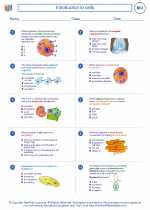
 Worksheet/Answer key
Worksheet/Answer key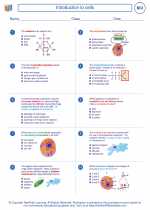
 Worksheet/Answer key
Worksheet/Answer key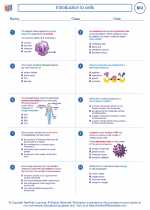
 Vocabulary/Answer key
Vocabulary/Answer key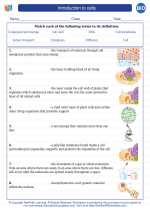
 Vocabulary/Answer key
Vocabulary/Answer key
 Vocabulary/Answer key
Vocabulary/Answer key
 Vocabulary/Answer key
Vocabulary/Answer key